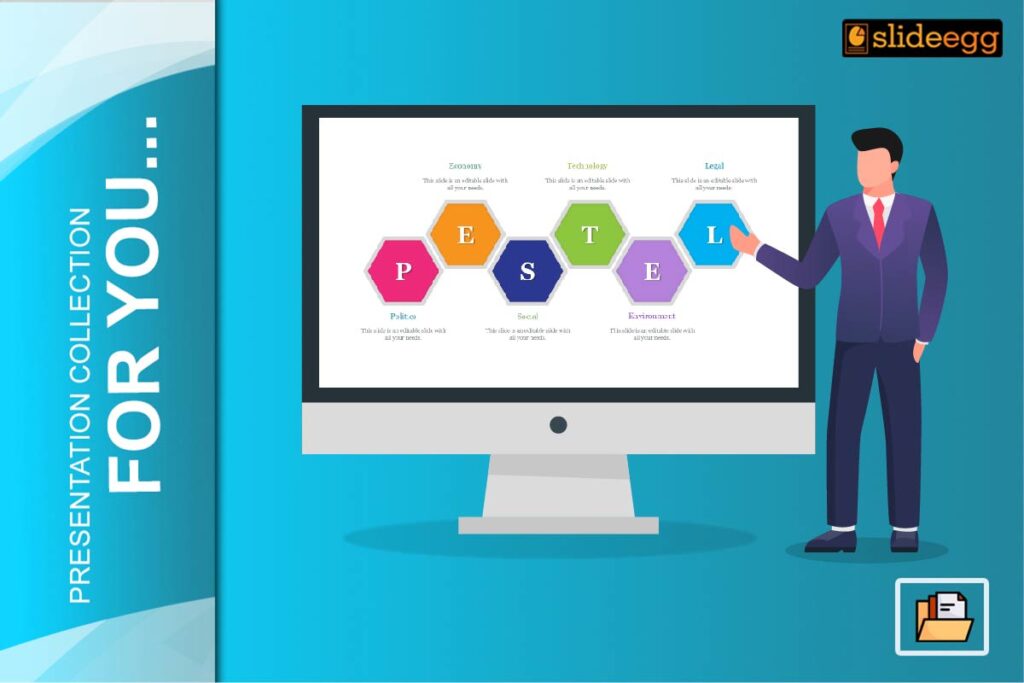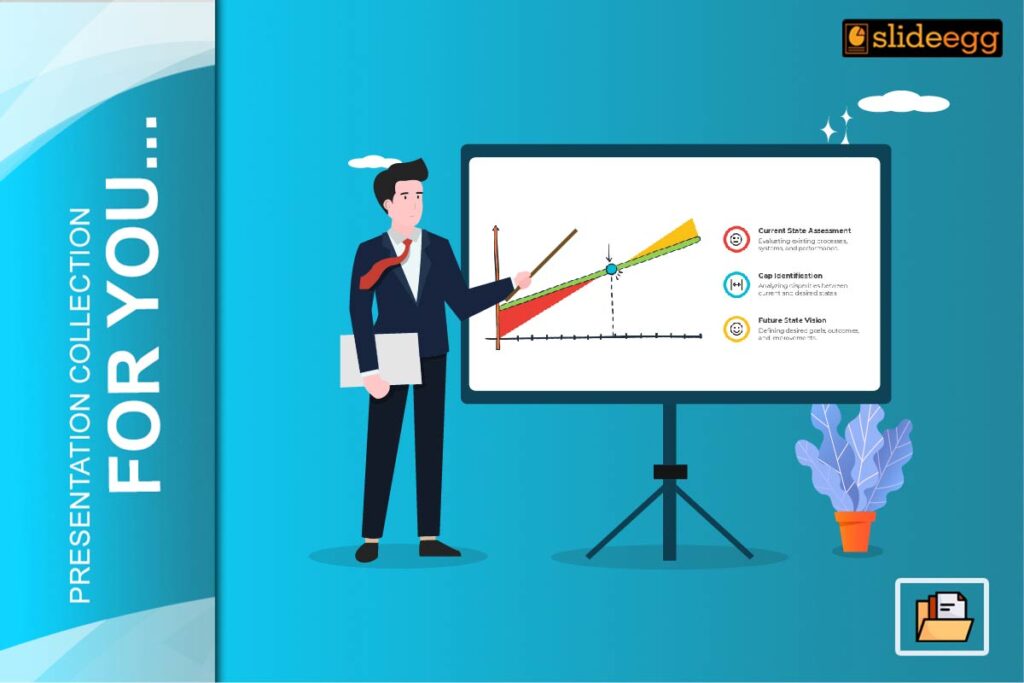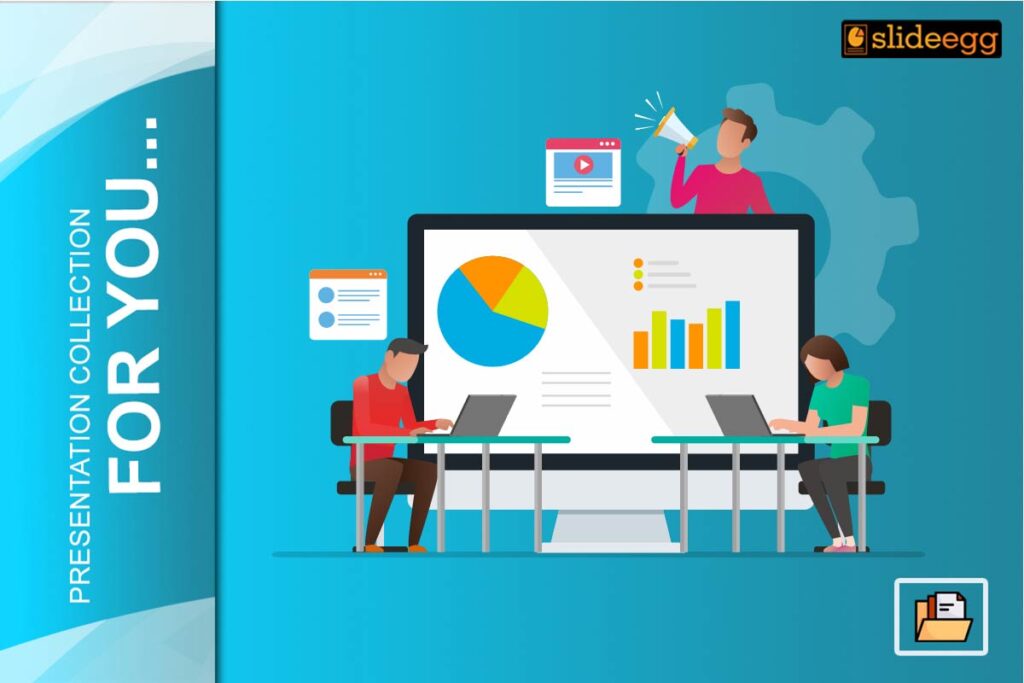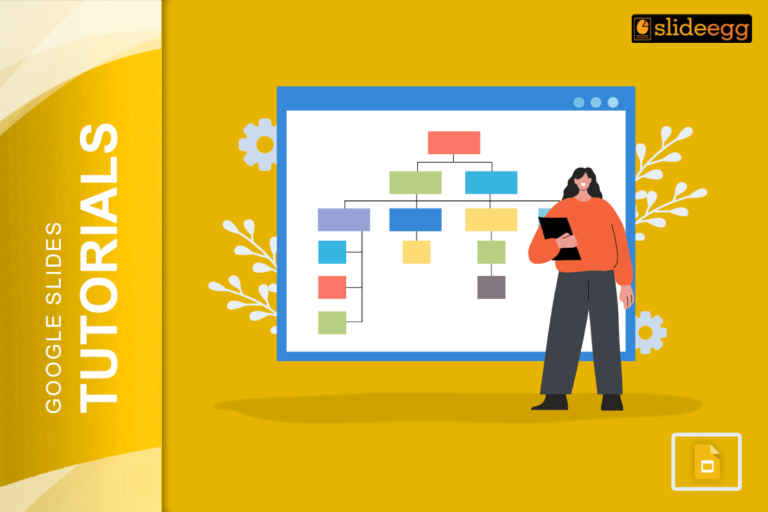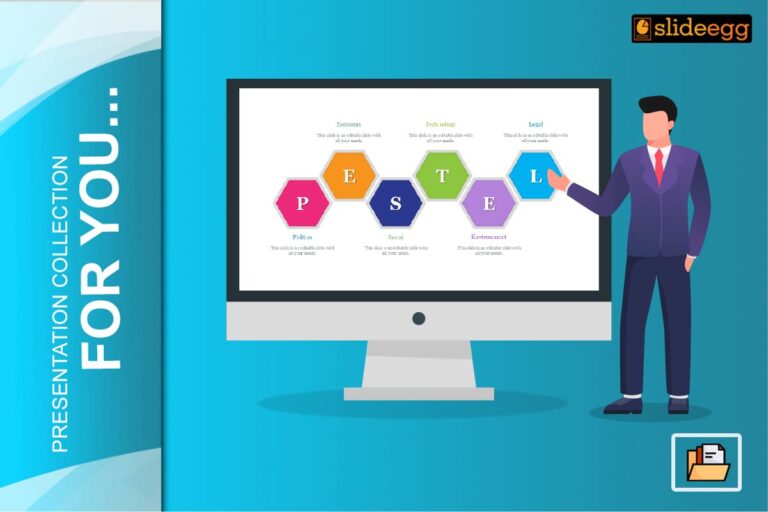Find out how effective agenda presentations can help you avoid common business mistakes and boost productivity. Any business running is a difficult activity full of decisions and possible pitfalls. One of the most effective ways to help a business avoid many such mistakes and pitfalls is through agenda presentation.
An agenda presentation, when done correctly, will keep a business organized, focused, and proactive about avoiding common mistakes. In this blog, we’ll explore several tricks to avoid mistakes in business by effectively using agenda slide presentations.
Significance of Agenda Presentations
There should be agenda presentations in a meeting to make it productive and goal-attaining. They provide the audience with a clear map of what is to be discussed, who presents on which topic, and the result they expect out of it at the end. This structure helps in minimizing misunderstandings and makes people stay on the same page.
Fact: According to a study by Atlassian, employees spend 31 hours in unnecessary, ineffective meetings on average every month. A good agenda can save a lot of time wasted in such meetings.
Clearly Stating Objectives
Among the primary reasons or agendas behind an agenda presentation is to set clear objectives for the meeting. You can clarify what you would like to achieve from the meeting and, therefore, avoid any kind of vague discussion that may continue and keep the meeting on track.
Tip: Begin your agenda with a brief statement of the meeting’s objectives. This sets the atmosphere and a clear direction for the participants.
Time Management
All the issues raised for discussion must have time allocated to them accurately. An agenda ensures there is no time wastage by allocating specific time slots to a particular topic, hence ensuring that discussions are short, relevant, and to the point.
Statistic
Efficient meetings can save up as much as 20% of a manager’s time each week.
How-to
Place the estimated time allocation next to each agenda item. This keeps the meeting running on track and avoids over-discussion on less critical issues.
Accountability for Topics
Each agenda presentation needs to include who has responsibility for each point. This builds accountability and helps to ensure all participants are actively involved.
Tip: On the line with the topics, include the presenter or discussion leader’s name. Not only does this make the responsibilities clear, but it also allows the participants to know in advance what their role is.
Encouraging Preparation
Sending out an advance agenda will allow the participants to prepare for the meeting. More information means a better level of discussion and decision-making.
Tip: Distribute the agenda at least 24 hours before the meeting starts. This includes any documents or data that participants would need to consider in their own time.
Creating Follow-Up
An agenda is unavoidable not only to have a well-structured meeting but also as a follow-up reference document. It enables the tracking of progress and ensures that the decisions are followed up for implementation.
Tip: Add an action item section in your agenda and mention deadlines. This will ensure that the decisions taken in the meeting are followed up on.
Review Using PowerPoint Agenda Slide
An agenda is not etched in stone. Periodically reevaluating your agenda format, and making changes based on responses and outcomes can bring you more effective meetings.
Tip: Take a few minutes at the end of each meeting and review how well the agenda presentation worked. Make notes on how it could be improved and include these improvements in future agendas.
Case Study: A Success Story
Take the example of Company XYZ, which implemented one uniform structure for all agendas to counter declining productivity and very long meetings. This company reduced the time it spent in meetings by 25% while increasing the completion rates of tasks by 15% within only three months.
Key Takeaway: Structuring meetings is how one effectively enhances efficiency toward decision-making.
Conclusion
Agenda presentations prove to be an effective way to avoid errors in business. Construction of the agenda allows for a clear definition of objectives, and identification of key topics, creates follow-up, and constantly improves the process. Hence, businesses can have more effective and productive meetings.
This saves not only time but also produces better results and is more orderly in the achievement of business goals. Such productivity can be made possible through effective slides from sites such as SlideEgg. Start implementing these strategies today and watch the progress in the operations of your business.

